
From next month, Qatar Airways will increase its Brisbane-Doha flights from 3x weekly to daily. The Qatari airline will also switch the stopover for its Auckland-Doha flights from Brisbane to Adelaide, meaning there are more seats available overall for passengers travelling between Brisbane and Doha.
But Qatar Airways is an exception to the current trend. Sadly, many international airlines that previously flew to Brisbane Airport have not yet returned at all – and some never will.
The number of international flights directly into Brisbane Airport is now quite limited. For passengers travelling from Europe, for example, the only usable international flights to Brisbane are with Qatar Airways, Emirates or Singapore Airlines. Otherwise, a transit through another Australian airport such as Sydney or Melbourne is required.
Meanwhile, for passengers travelling from the United States to Brisbane, who want to avoid flying via Sydney or Melbourne, the only options now are one-stop flights on Fiji Airways or Air New Zealand. There are currently no direct flights running between Brisbane and North America, despite options on four airlines being available before the pandemic.
What international flights were available to/from Brisbane before COVID-19?
At the beginning of 2020, before the pandemic-related border closures, 30 international airlines flew non-stop from Brisbane Airport to the following destinations:
- Air Canada – Vancouver
- Air New Zealand – Auckland, Christchurch, Queenstown & Wellington
- Air Niugini – Port Moresby
- Air Vanuatu – Luganville & Port Vila
- Aircalin – Noumea
- Cathay Pacific – Hong Kong
- China Airlines – Taipei & Auckland
- China Eastern – Shanghai
- China Southern – Guangzhou
- Emirates – Dubai
- Etihad Airways – Abu Dhabi
- EVA Air – Taipei
- Fiji Airways – Nadi
- Hainan Airlines – Shenzhen
- Hawaiian Airlines – Honolulu
- Jetstar – Denpasar
- Korean Air – Seoul
- Malaysia Airlines – Kuala Lumpur
- Malindo Air – Denpasar & Kuala Lumpur
- Nauru Airlines – Nauru
- Philippine Airlines – Manila
- Qantas – Auckland, Christchurch, Hong Kong, Los Angeles, Noumea, Port Moresby, Queenstown, San Francisco, Singapore & Tokyo
- Qatar Airways – Doha
- Royal Brunei – Bandar Seri Begawan
- Samoa Airways – Apia
- Singapore Airlines – Singapore
- Solomon Airlines – Honiara
- Thai Airways – Bangkok
- Thai AirAsia X – Bangkok
- Virgin Australia – Apia, Auckland, Christchurch, Denpasar, Dunedin, Honiara, Los Angeles, Nadi, Port Moresby, Port Vila, Queenstown & Wellington
Which airlines still fly to Brisbane?
During the pandemic, most international airlines stopped flying to Australia due to the international border closure and strict arrival caps that made flying here unprofitable. For most of this time, just a handful airlines continued operating regular international passenger services from Brisbane, including:
- Air New Zealand (limited services to Auckland only, except when the trans-Tasman bubble was open)
- Air Niugini to Port Moresby
- Cathay Pacific to Hong Kong (although there were extended periods of cancellations)
- China Airlines to Taiwan (which is closed and banning transits)
- Emirates to Dubai
- EVA Air to Taiwan (again, the destination is closed and banning transits)
- Qatar Airways to Doha
- Singapore Airlines to Singapore

A few more airlines including Fiji Airways have now resumed services to Brisbane. Others are currently selling tickets on flights that they plan to resume over the coming months. For example, Qantas currently plans to resume flights from Brisbane to Los Angeles and Singapore from April. Malaysia Airlines is scheduling a March restart for its Brisbane-Kuala Lumpur flights, which will initially run just once per week.
Which routes aren’t coming back?
But a large number of carriers are not returning to Brisbane Airport at all. International airlines including Etihad Airways, Air Canada, Hawaiian Airlines, Korean Air, Thai Airways, China Eastern, China Southern, Royal Brunei and Hainan Airlines have axed their Brisbane routes completely.
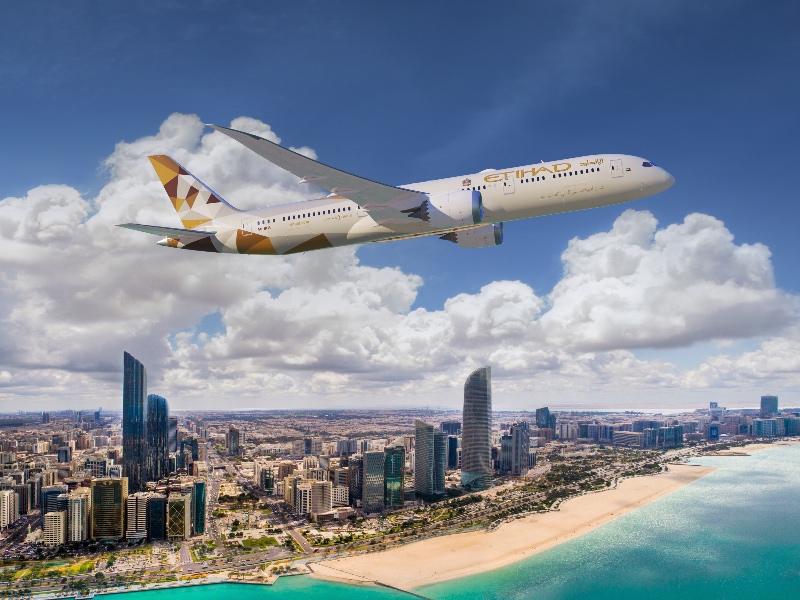
Of the 32 pre-COVID international destinations previously available from Brisbane Airport, only 20 of these destinations are either currently served or will return this year. This means Brisbane Airport has lost direct air services to Vancouver, San Francisco, Honolulu, Abu Dhabi, Seoul, Bangkok, Shanghai, Guangzhou, Shenzhen, Apia, Dunedin and Brunei.
Hawaiian Airlines formally announced last month that it had abandoned plans to resume Brisbane-Honolulu flights due to a lack of demand.
“While we certainly like flying to Brisbane, enjoy that, we were at the point where we were ready to move on. We don’t think the conditions in the short term are going to make sense for us,” Hawaiian Airlines Senior Vice President of Revenue Management and Network Planning Brent Overbeek said.
Hawaiian Airlines CEO Peter Ingram made it clear that the decision to axe Brisbane was “not a reflection of any level of disappointment with how we’ve started up in Sydney”. Hawaiian’s Sydney-Honolulu services resumed in December and are going well.
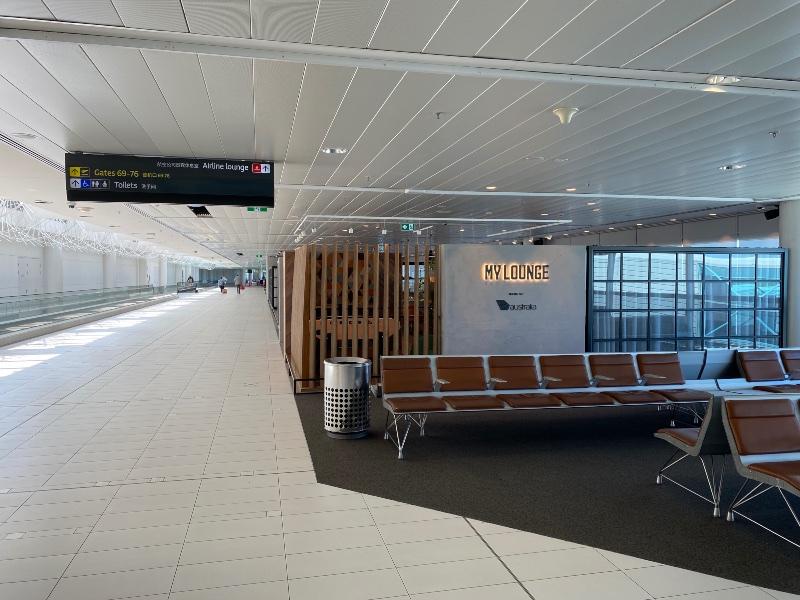
Queensland government pledges $100 million to attract foreign airlines
Realising there’s a problem, the Queensland government last week announced a $200 million deal with Queensland’s four largest airports (Brisbane, Gold Coast, Sunshine Coast and Cairns) to try to boost international flights. The Queensland government and the airports will each throw in $100 million worth of new incentives to encourage more international airlines to fly to the state.
“This is the largest investment of any Australian state or territory in securing inbound international flights after COVID-19,” Queensland Premier Annastacia Palaszczuk said.
“The agreement we’ve made this week will enable our airports to negotiate with airlines and fast-track more direct flights into Queensland.”
It comes just weeks after Queensland removed the 14-day quarantine requirement for international arrivals, and ahead of the Australian international border reopening on 21 February.
“The message today to all our global airlines is that, if you’re going to fly into Australia, there is only one place to land and that’s Queensland,” Destination Gold Coast CEO Patricia O’Callaghan said of the announcement.
It seems Queensland’s financial incentives will be needed, as most international airlines are now just flying to Sydney and/or Melbourne. But with subdued international demand meaning airlines are operating fewer flights overall, it’s not surprising that most airlines are now focusing mainly on the two Australian cities with the largest population centres. New South Wales and Victoria also reopened to international travel much sooner than Queensland did.
You can leave a comment or discuss this topic on the Australian Frequent Flyer forum.
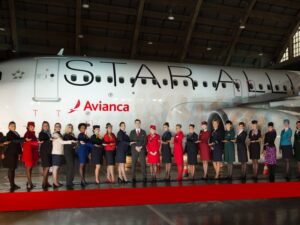

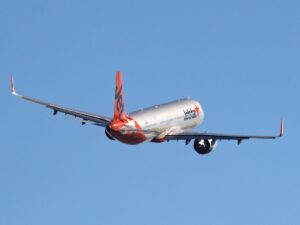


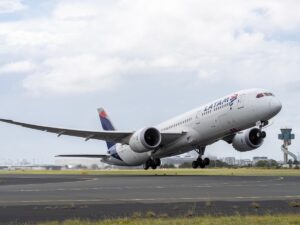
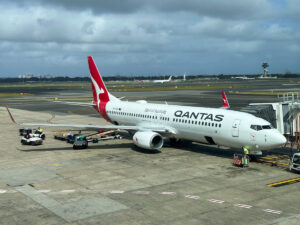



























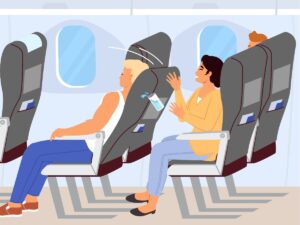






































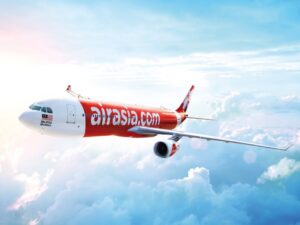







Community Comments
Loading new replies...
Join the full discussion at the Australian Frequent Flyer →